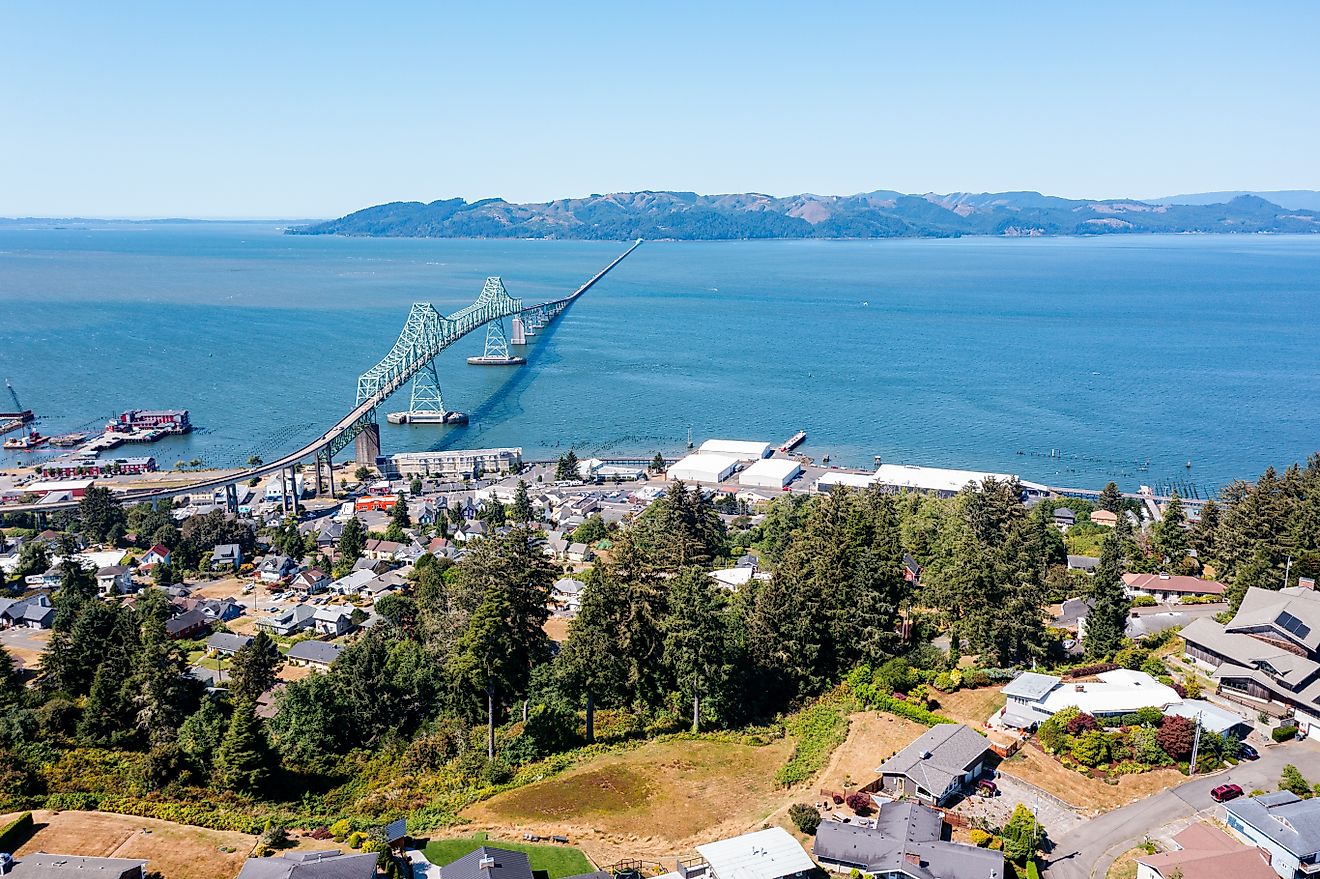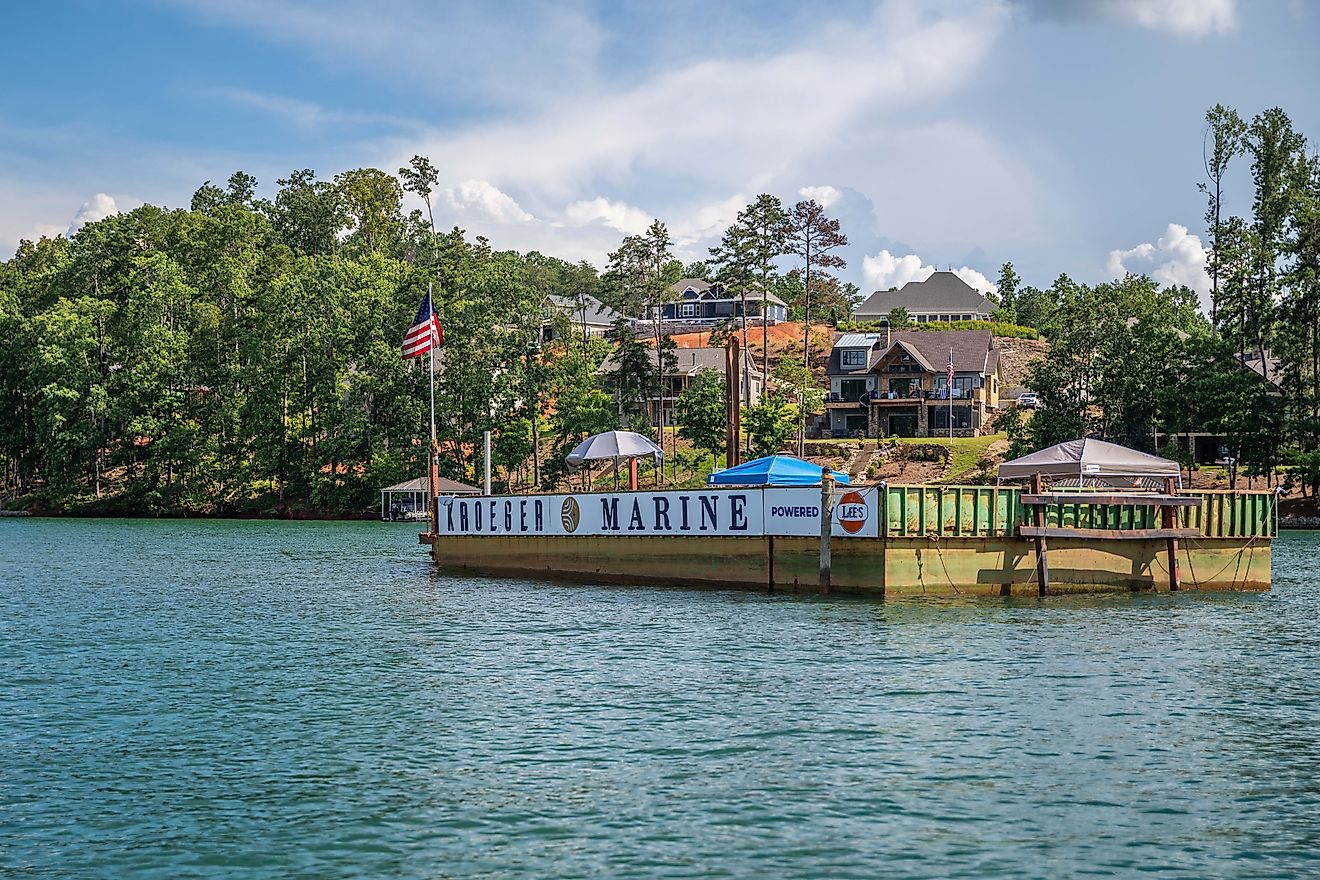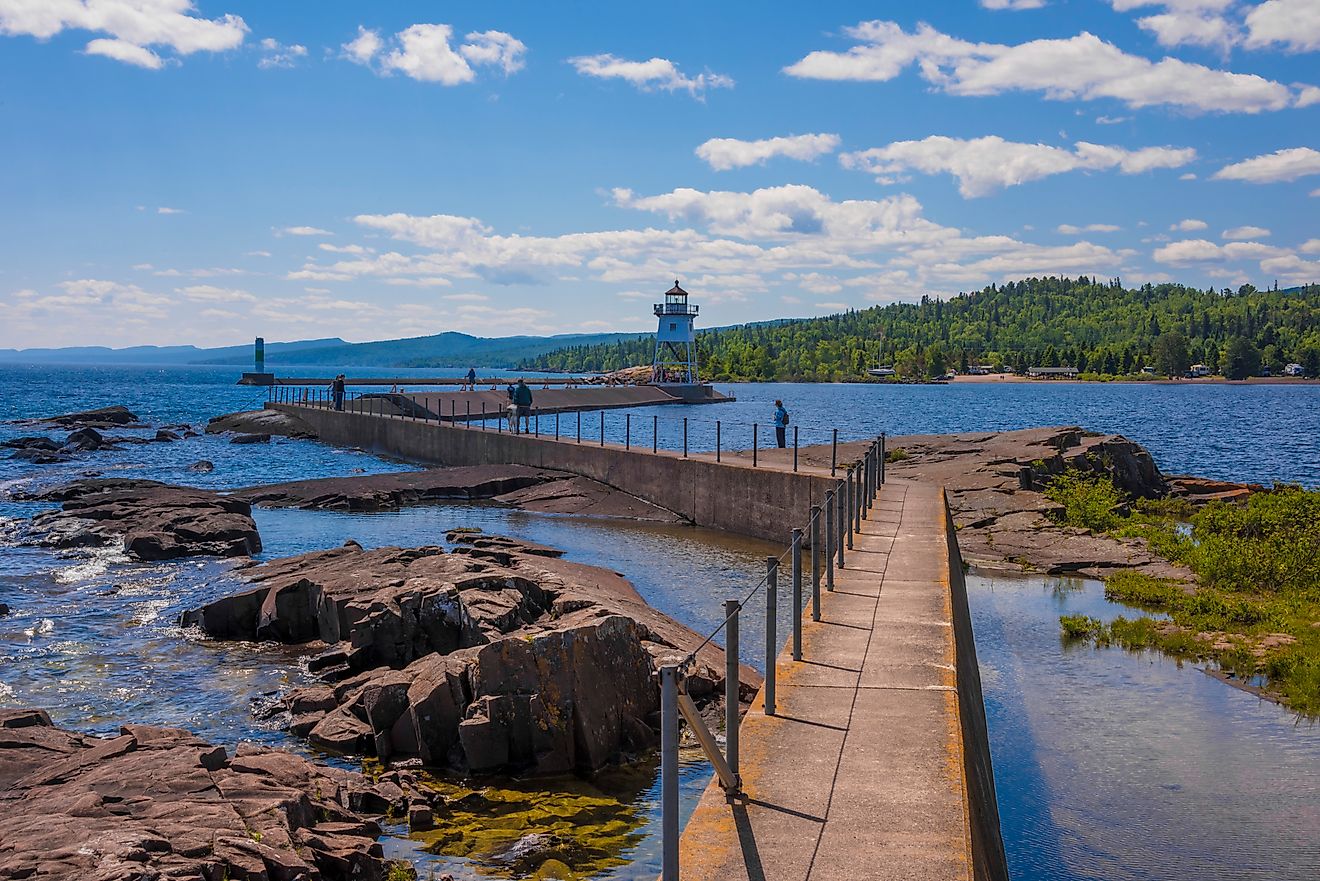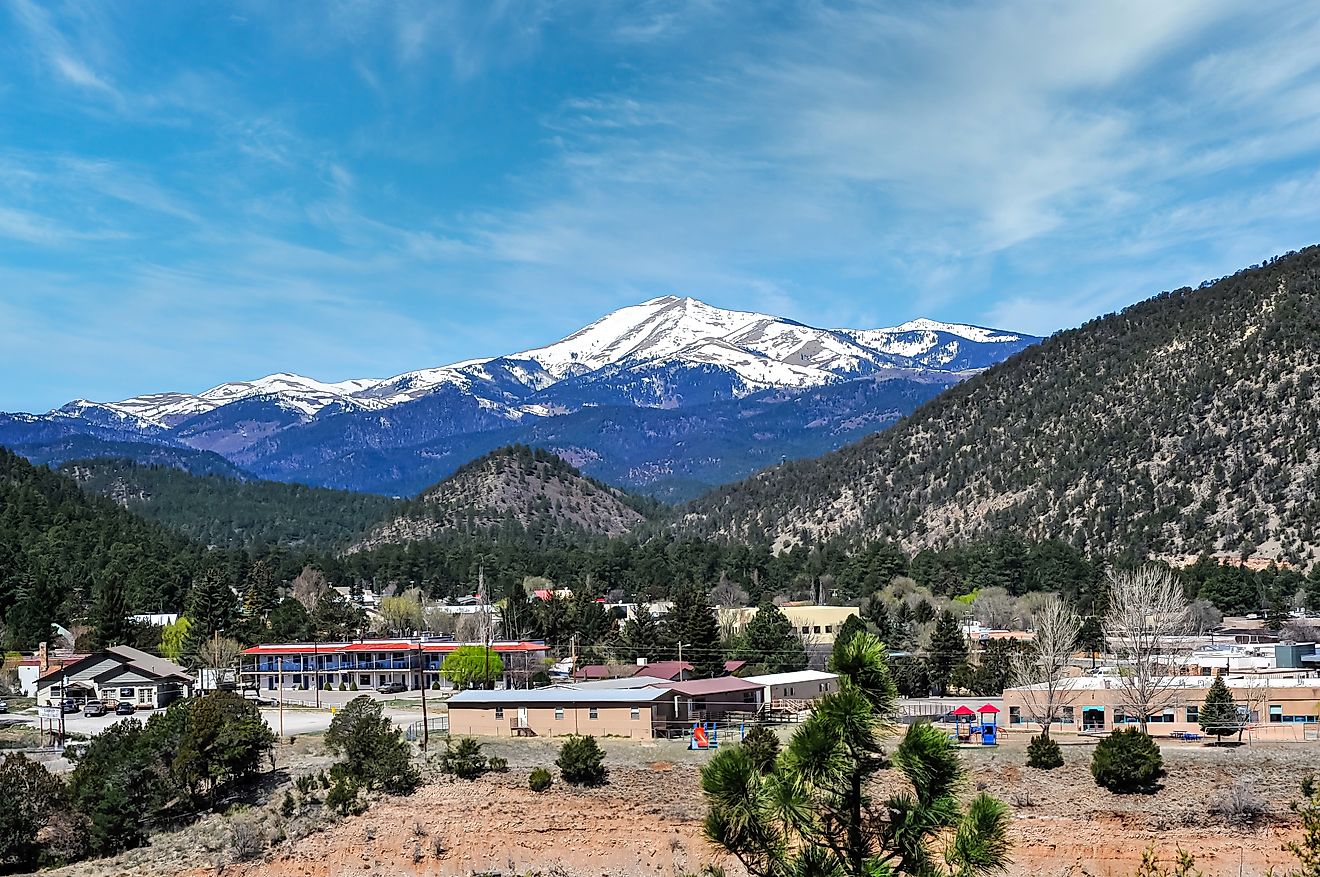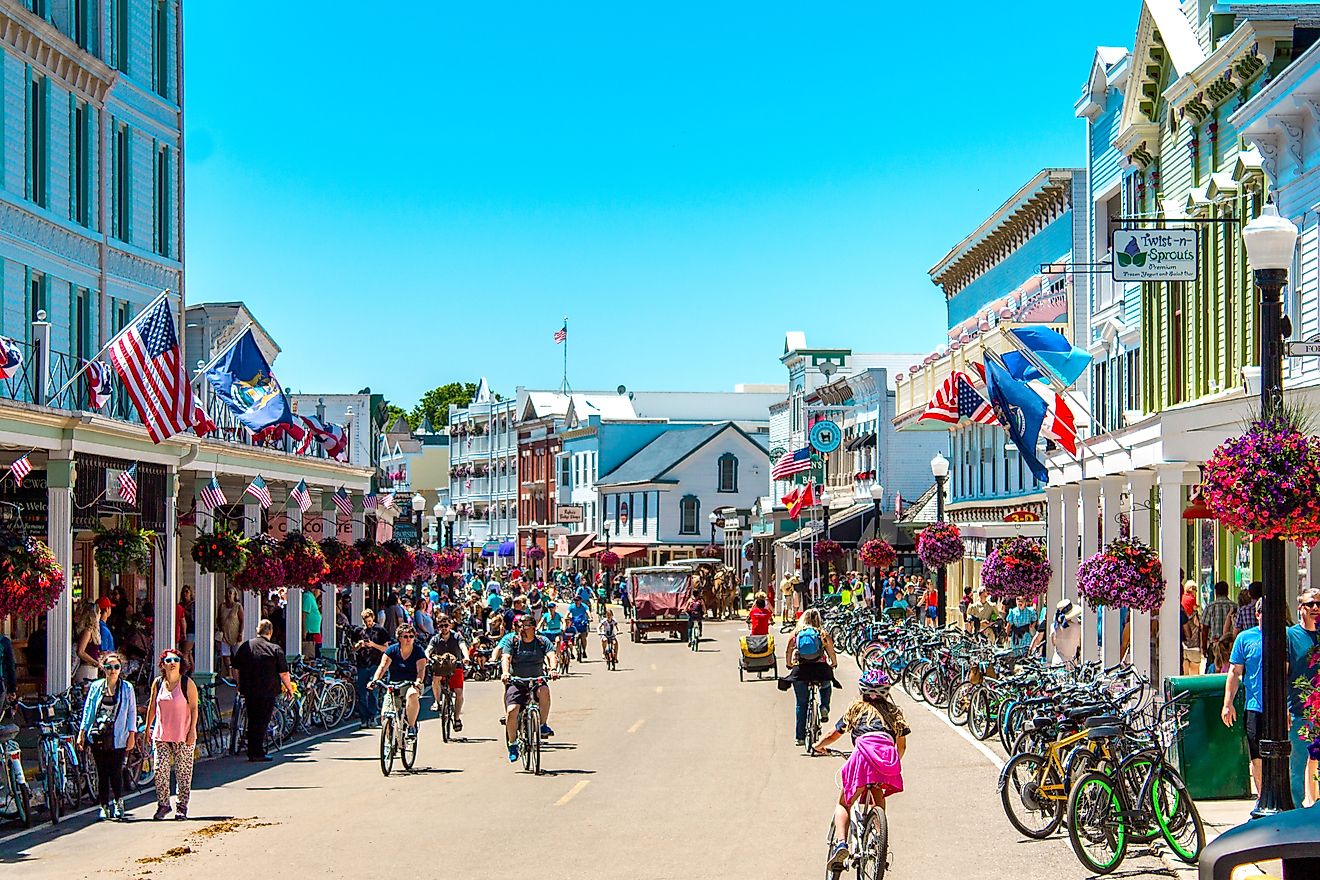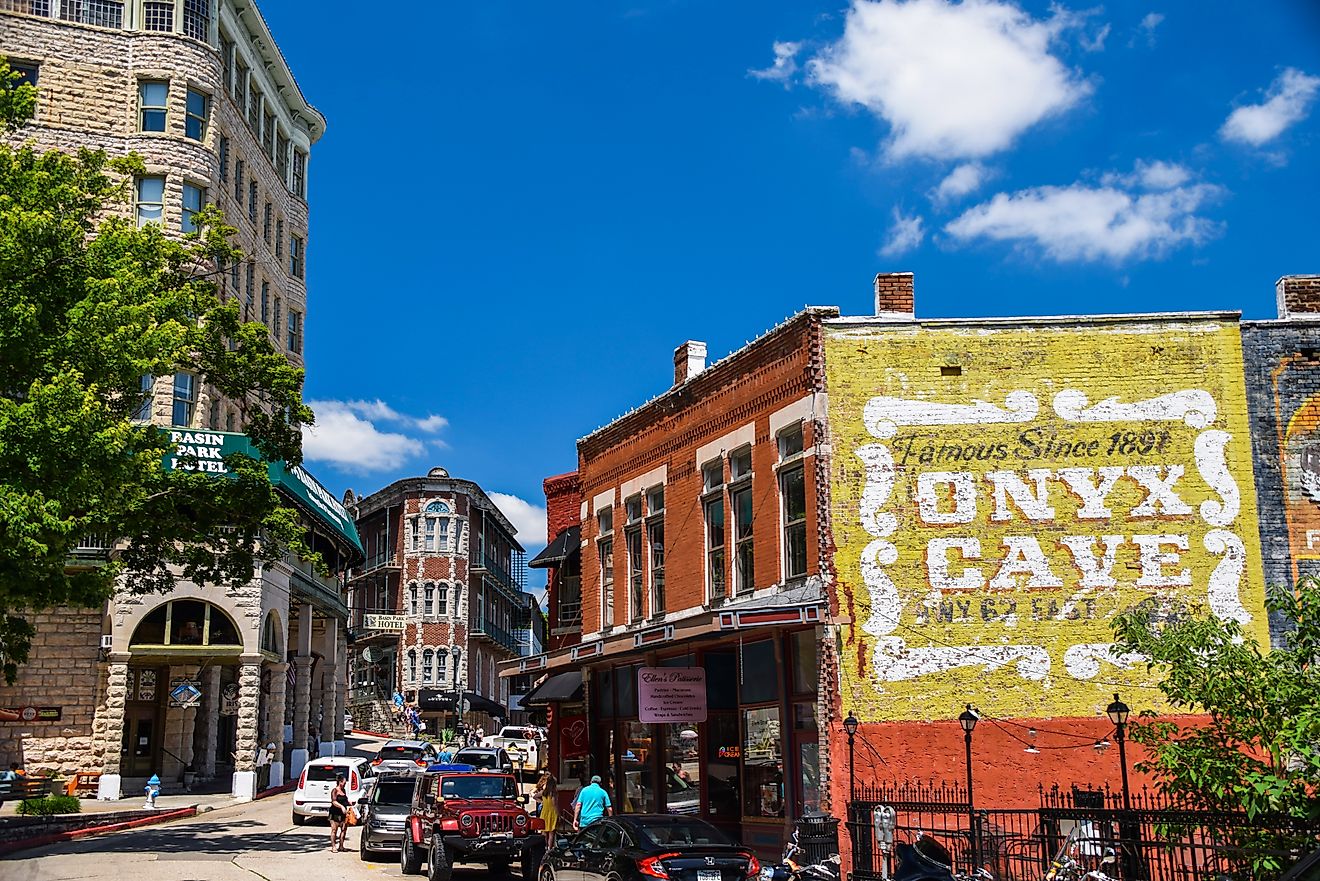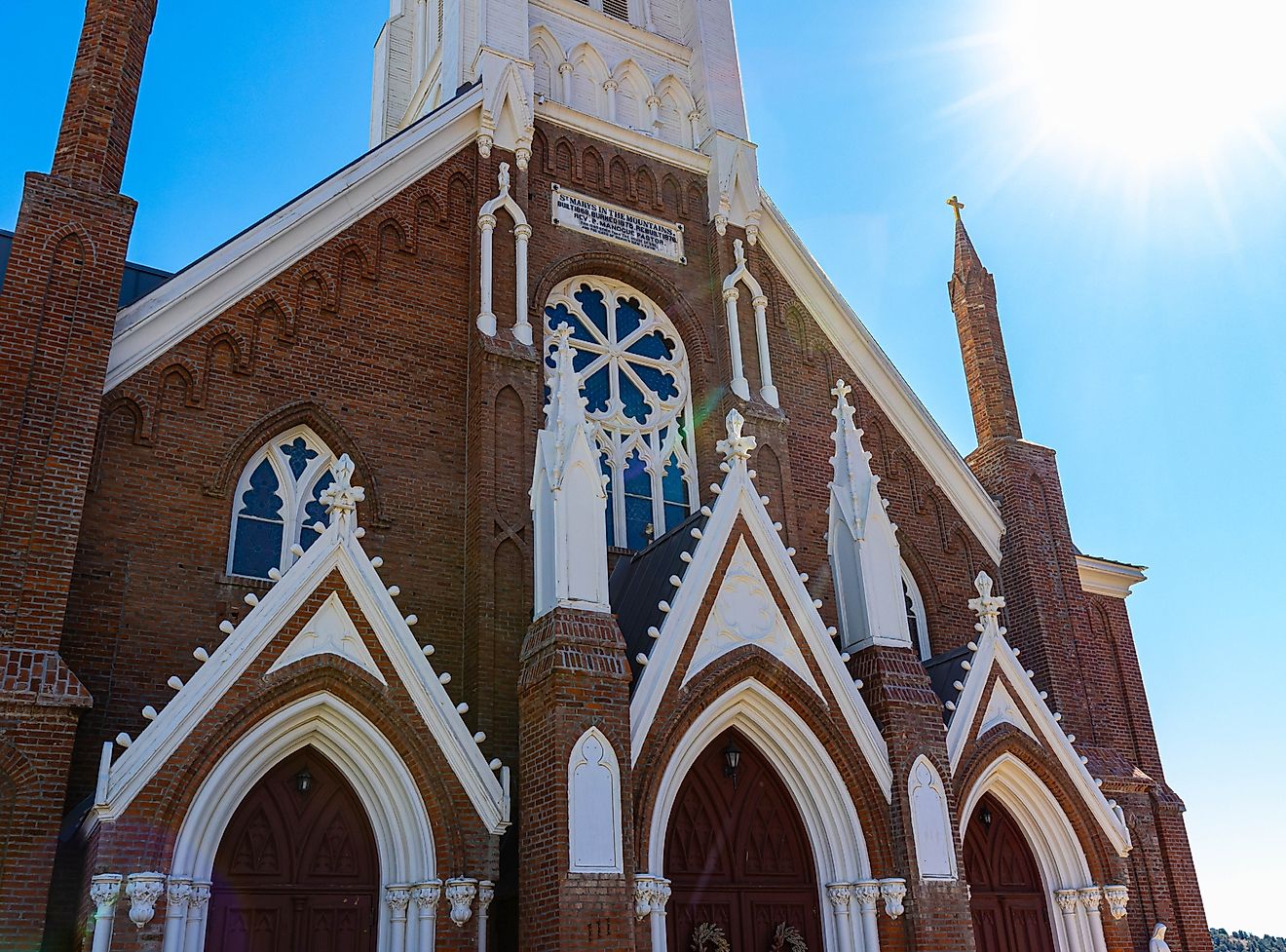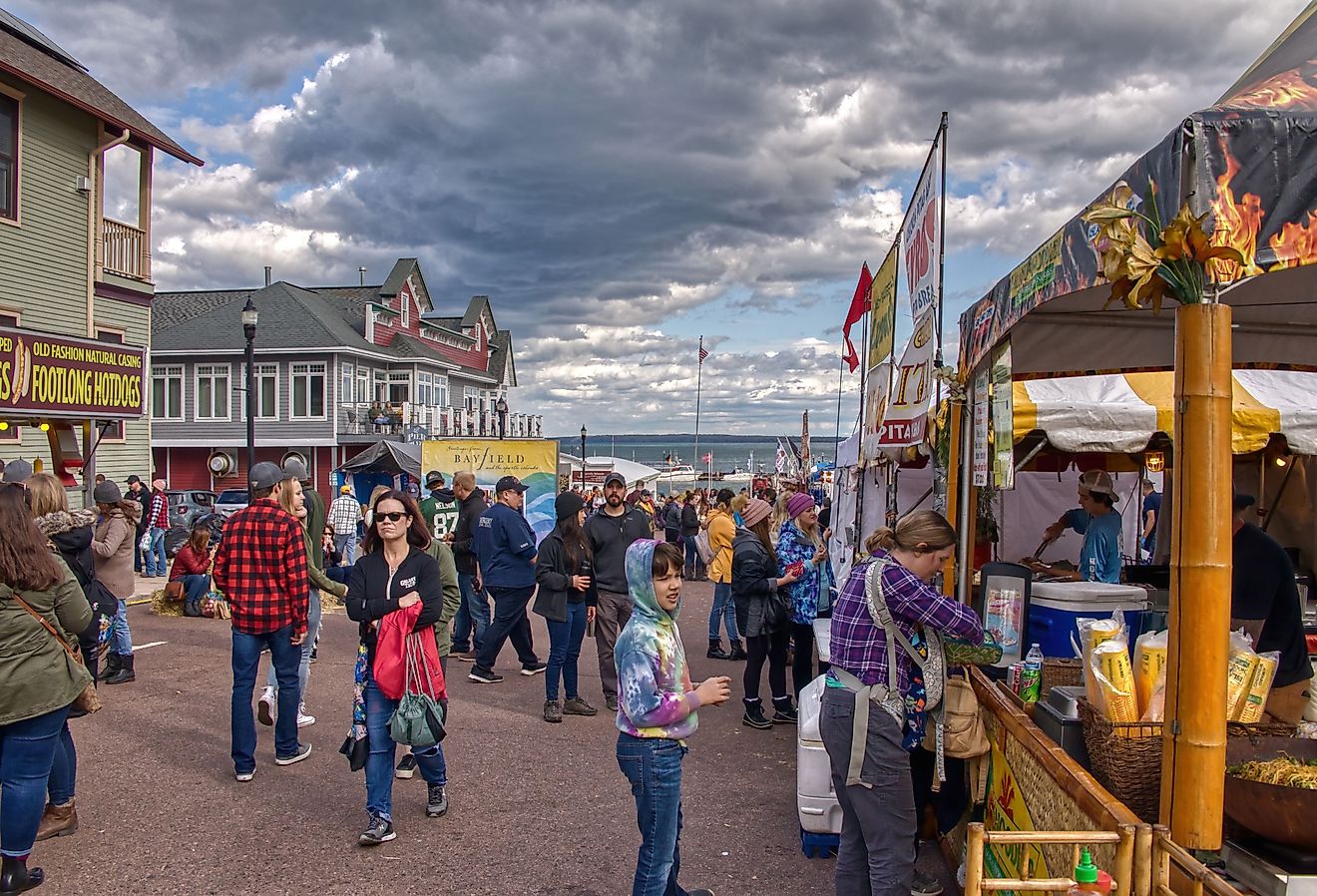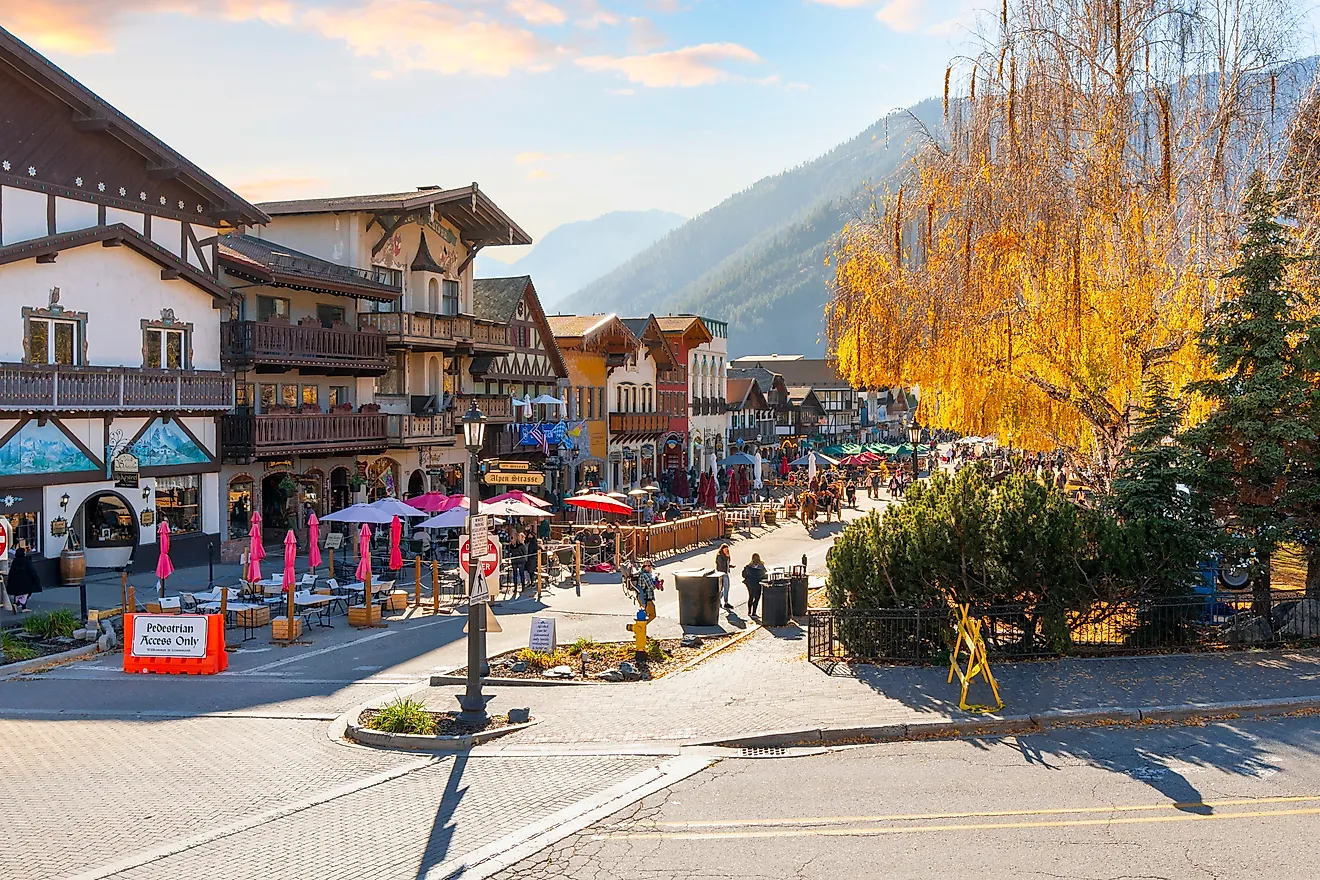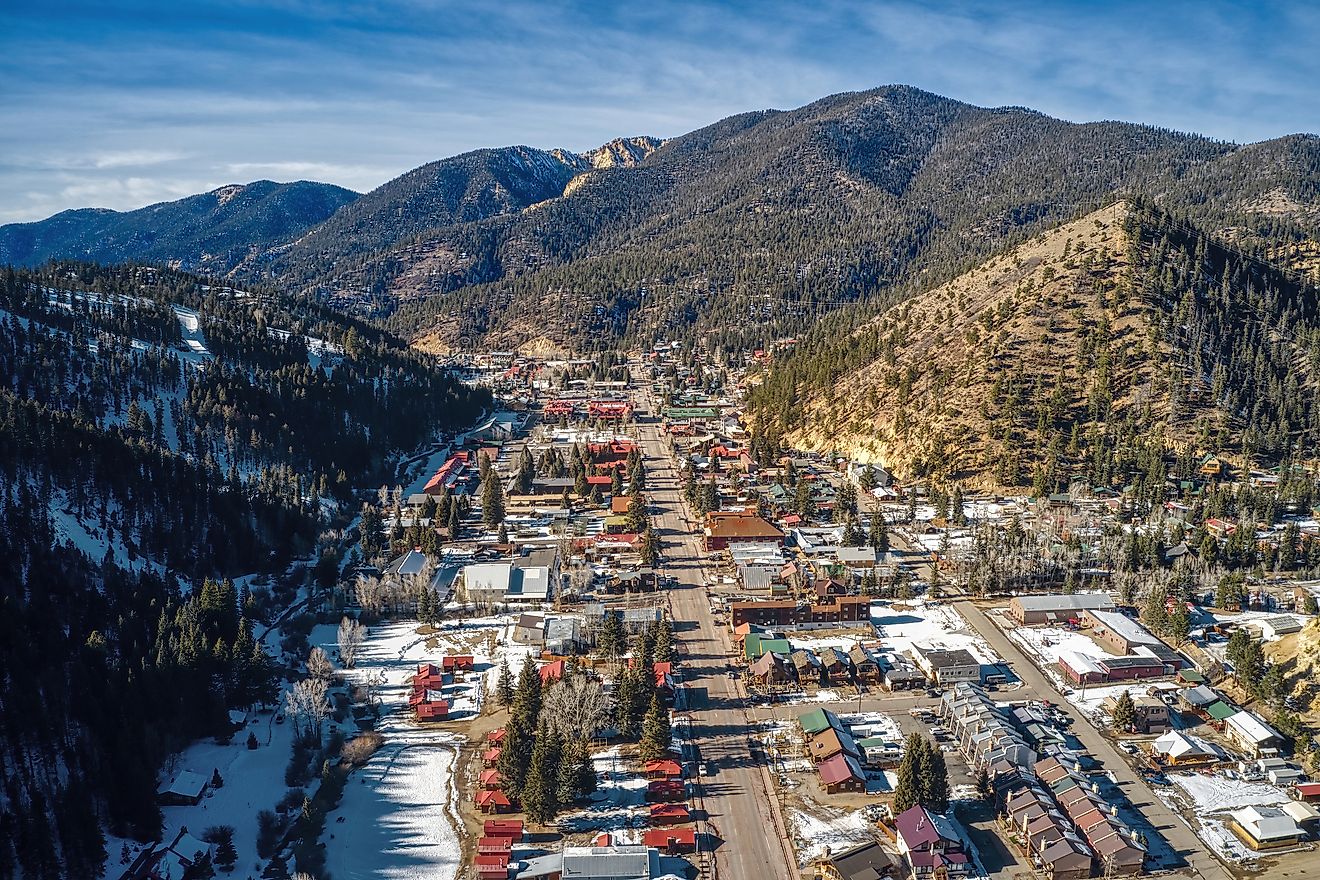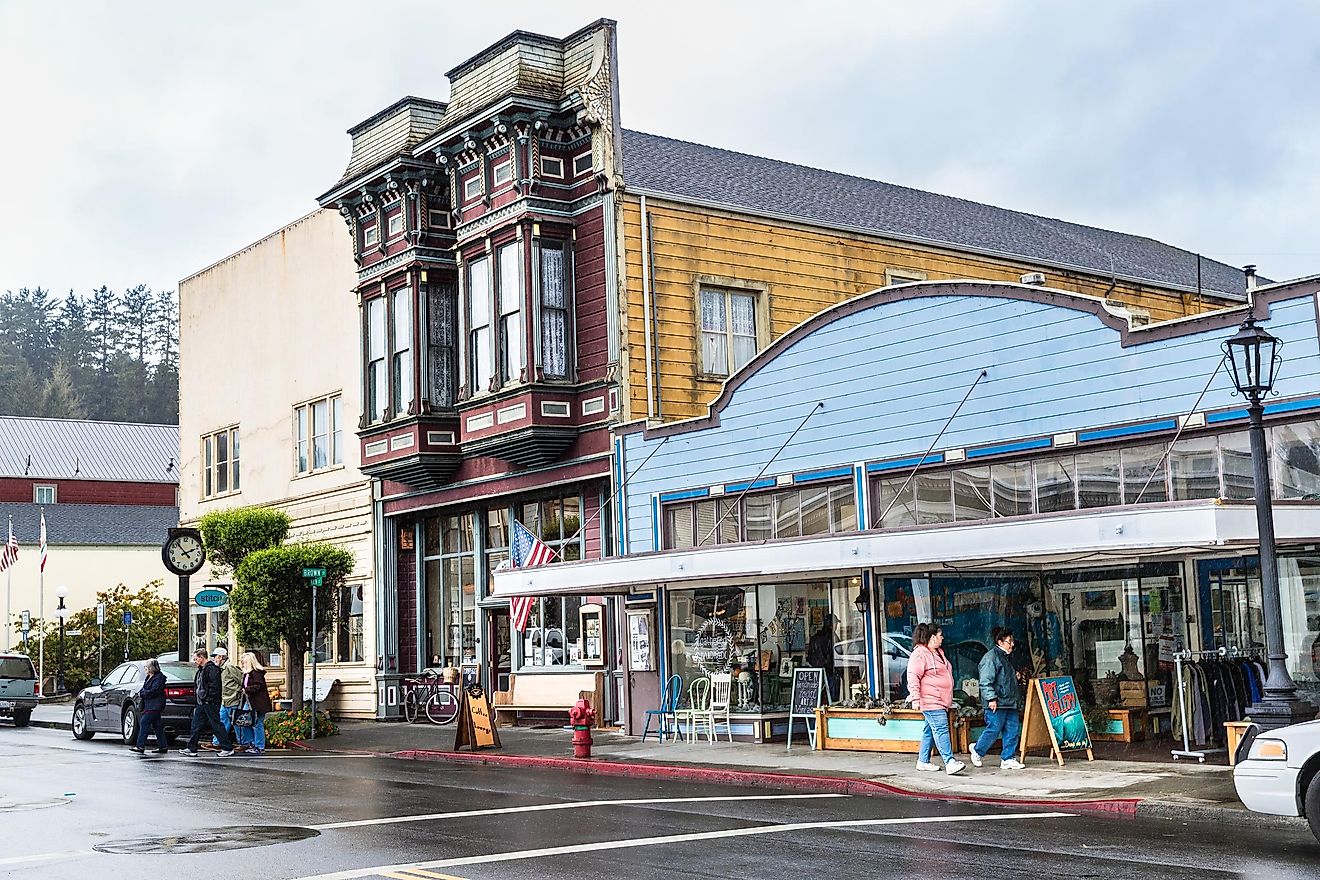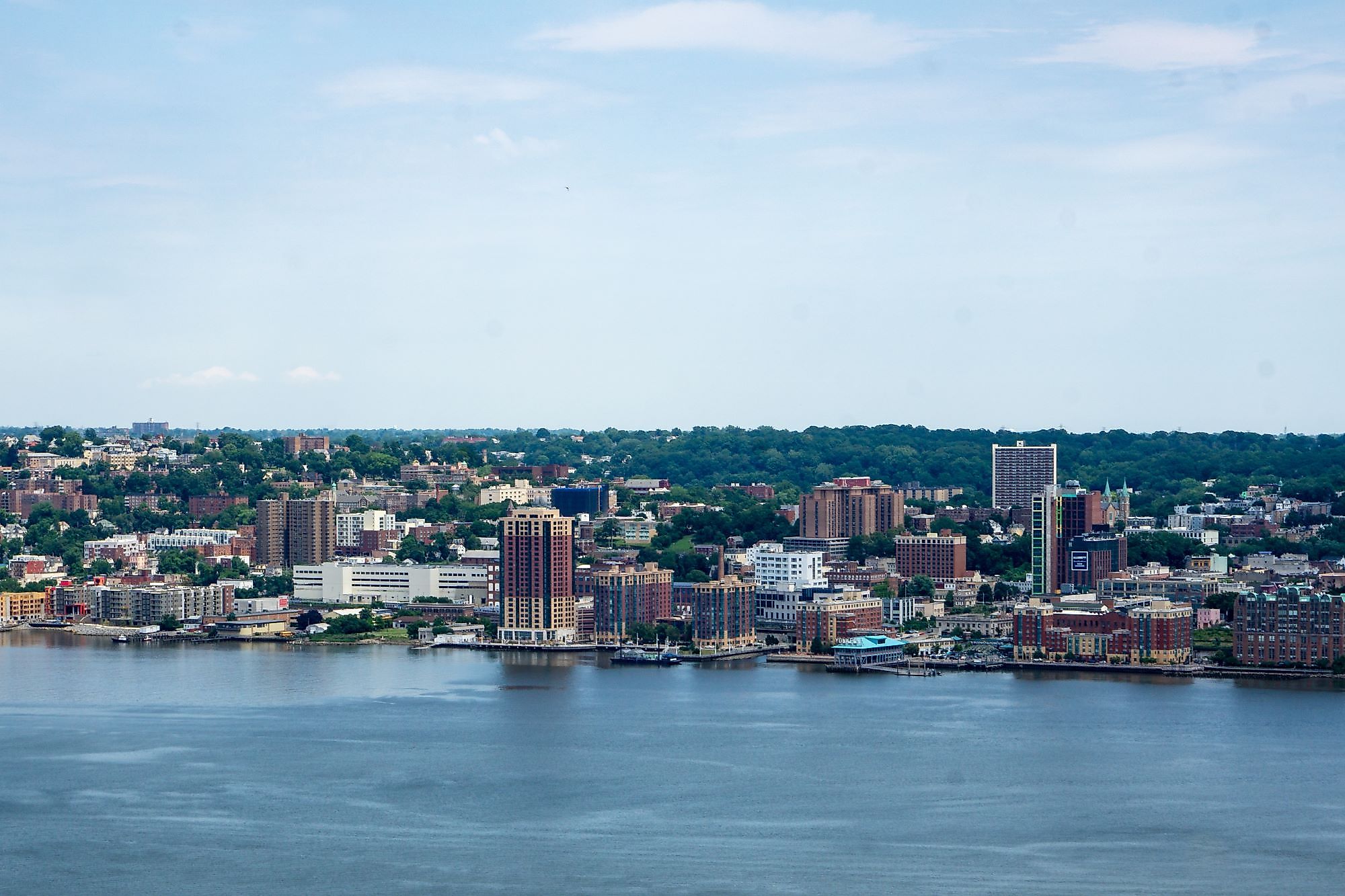
Yonkers, New York
Renowned as the “City of the Seven Hills” and “The Sixth Borough,” Yonkers is a bustling metropolis along the banks of the Hudson River in southern New York state. Broadly regarded as one of New York City’s inner suburbs, it shares much of the same culture, climate, and history. In fact, it is the third most populous city in the state, with New York City and Buffalo ahead of it. Visitors and locals alike can indulge in many cosmopolitan activities such as shopping, watching horse racing, or grabbing a bite to eat on Broadway. Regardless of age, there is something to see and do for all in Yonkers, New York.
Geography And Climate Of Yonkers
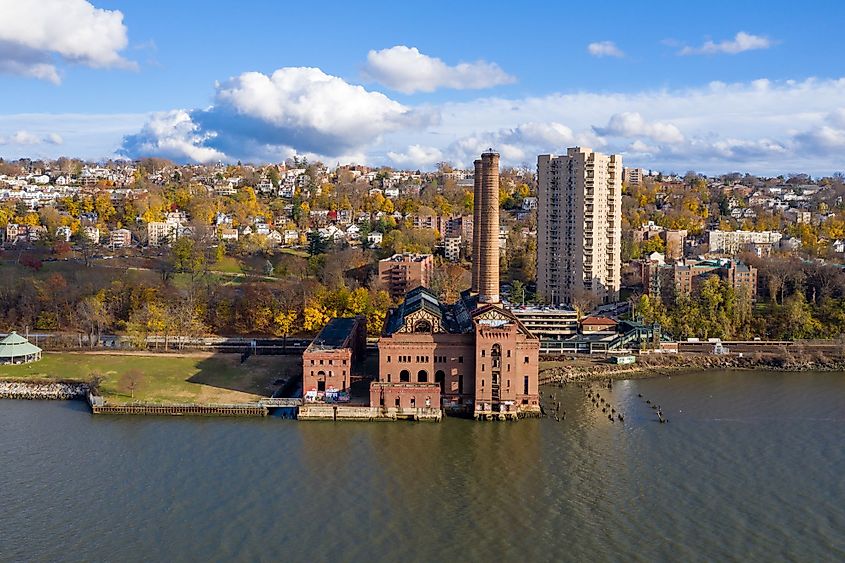
Yonkers can be found in Westchester County and is located directly north of New York City. It expands over a land mass of 46.63 sq. km. The west side of Yonkers holds on to the Hudson River, which serves as a boundary between New York and New Jersey. Of New York City's five boroughs, Yonkers is in Manhattan Borough and to the north of the Bronx Borough. As for day trips: the Statue of Liberty is about 20 miles southwest, Central Park is about 15 miles southwest, and the Empire State Building and Time Square are about 17 miles southwest.
According to the Köppen Climate Classification, Yonkers has a Humid Subtropical Climate. It experiences four seasons in a year, with warm and humid summers and cold and snowy winters. The coldest month is January which sees an average high of 85 °F and an average low of 4 °F. Of the 121.2 days that produce precipitation; there is a total annual rainfall of 50.1 inches and a snowfall of 27.5 inches. On this note, July is the rainiest month, with an average monthly rainfall of 4.7 inches. Alternatively, February is the driest month and sees 3.0 inches of precipitation. On average, 271 days of sunshine contribute to an annual UV index of 3.6.
History Of Yonkers
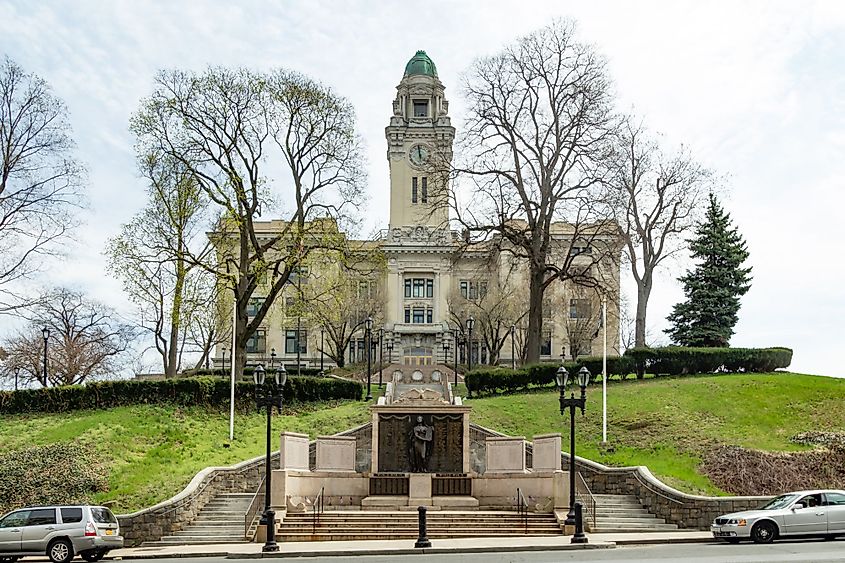
Before the 19th century, Yonkers was a Dutch land grant that encompassed 24,000 acres under the name of Colen Donck. By the 19th century, would-be Yonkers had a solid agricultural industry consisting of peaches, apples, potatoes, oat, and wheat which was shipped down the Hudson River to New York City. On the other hand, water power and resulting jobs were primary contributors to the economy throughout this period. An entrepreneur by the name of Elisha Otis invented the first safety elevator and further established the Otis Elevator Company in 1853. The Village of Yonkers was incorporated in 1854 and was further designated as a city in 1872. A referendum was held in 1898 where Yonkers, alongside Brooklyn, Queens, and Staten Island, determined whether or not to become part of New York City. In the end, Mount Vernon and Yonkers remained independent, and the term “Sixth Borough” was coined by the residents of Yonkers.
The Population And Economy Of Yonkers
According to the latest US Census, Yonkers had a population of 214,687. This is an increase of 1.47% since the last census reported in 2010, which saw a population of 211,569. Covering more than 46.63 sq. km, there is a population density of 4,588.8 people per sq. km. Of the population, the average age is 37 years old, with females accounting for 51.74% overall and males 48.26%. The median household income is $90,984, and the gross monthly rent is $1,467. Yet, 12.87% of the population lives below the poverty line. As for the cultural/racial background: 47.16% identified as white, 19.35% were African American, 18.89% were of another race, 7.29% identified as two races, 6.34% were Asian, 0.90% were Native American, 0.06% were Native Hawaiian or Pacific Islander.
The primary industries that constitute the city's economy are as follows: healthcare and social assistance at 17.8% overall, retail trade at 12.5%, and educational services at 11.4%. As for the top-grossing jobs: utilities earned $84,702, Information earned $76,923, and public administration earned $75,938. Of the 96,100 employed, 19,156 work in healthcare and social assistance, 10,618 work in retail, and 9,837 work in educational services.
Attractions In And Around Yonkers
Untermyers Gardens Conservancy
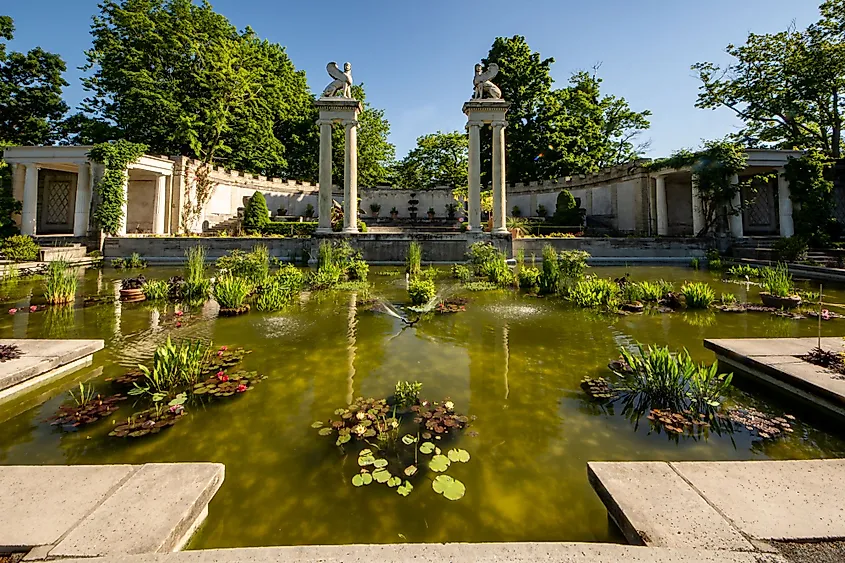
A 43-acre historical garden, the Untermyers Garden Conservancy is a glimmer of Samuel Untermyer’s “Greystone” Estate. It rests atop a bluff that offers views of the Hudson River and contains several features that will truly leave any meandering visitors in awe. Among these include a walled garden, two sphinx statues, a Grecian open-air amphitheater, and a rock and temple water feature named the Temple of Love. Since 1974, this astonishing garden has been on the National Register of Historic Places and is one attraction that is simply a must-see while in Yonkers. One will not want to forget a camera while touring this jaw-dropping garden.
Broadway
Among the famous streets of New York is Broadway, an iconic road renown for its theaters that contain live performances featuring celebrities. Broadway is not exclusive to Yonkers and runs from Manhattan in the south to Sleepy Hollow in the north, but it is a major thoroughfare in Yonkers. Furthermore, it is also the oldest north-south road in New York State, commencing as the Wickquageck Trail before the Europeans arrived, with the earliest maps showing the name of Broadway Street in 1776. Although not filled with the grand theaters as seen in New York City, Broadway in Yonkers serves as a meeting place for a night out on the town, with many bars and restaurants for grabbing a bite to eat.
Yonkers makes a great reprieve from the busy streets of neighboring New York City. It has all the bells and whistles of the Big Apple without compromising its simplistic yet fully cosmopolitan and metropolis identity. With a bounty of entertainment, attractions, bars, and restaurants found near the Hudson River, Yonkers is all things New York and should not be a destination to miss or pass up on.
